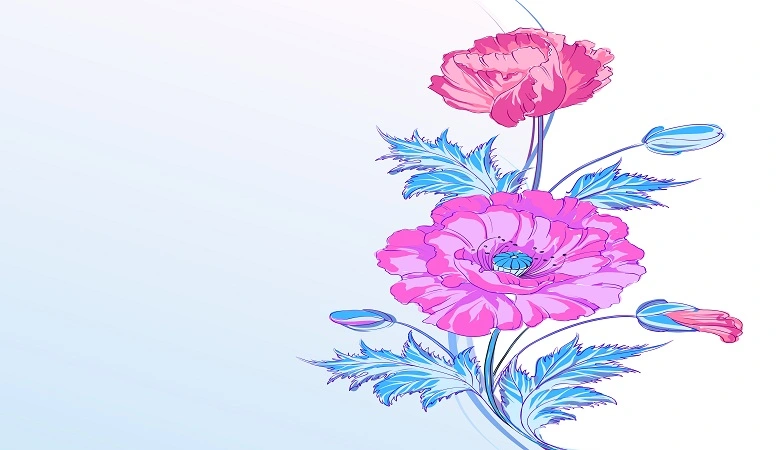Introduction
“dibujo:iiwd7u4dpig= flores” might seem like a cryptic code, but it beautifully combines the essence of drawing (“dibujo” in Spanish) with a focus on flowers (“flores”). Drawing flowers is a timeless subject in art, symbolizing beauty, life, and nature’s intricate patterns. This article explores the art of drawing flowers, providing insights into techniques, styles, and the significance of floral illustrations.
The Beauty of Floral Drawings
Flowers have been a beloved subject in art for centuries. Their varied shapes, vibrant colors, and delicate structures make them an excellent subject for artists. Drawing flowers allows artists to capture nature’s fleeting beauty and translate it onto paper. Whether it’s a single bloom or a bouquet, flowers offer endless “dibujo:iiwd7u4dpig= flores”possibilities for creativity and expression.
Techniques for Drawing Flowers
1. Observation and Study
The first step in drawing flowers is observation. Study the flower’s structure, noting the shapes of the petals, the curves of the stems, and the intricate details. Paying attention to these details helps in creating a more accurate and lifelike representation.
2. Basic Shapes
Start with basic shapes. Many flowers can be broken down i”dibujo:iiwd7u4dpig= flores”nto simple geometric forms. For example, a daisy can begin with a circle for the center and elongated ovals for the petals. These basic shapes serve as the foundation of the drawing.
3. Light and Shadow
Understanding light and shadow is crucial in giving depth to your floral drawings. Observe where the light source is and how it affects the flower. Shading techniques like hatching and cross-hatching can add dimension and realism to your drawing.
4. Texture and Detail
Adding texture and detail brings your flower drawings to life. Focus on the unique characteristics of each flower, whether it’s the velvety petals of a rose or the intricate patterns on an orchid. Using fine lines and varying your pressure can help replicate these textures.
Styles of Floral Drawings
1. Realism
Realistic floral drawings aim to capture the flower as accurately as possible. This style requires a keen eye for detail and a thorough understanding of light and shadow. Artists like Georgia O’Keeffe are renowned for their realistic and larger-than-life floral paintings.
2. Impressionism
Impressionist floral drawings focus on capturing the essence and mood of the flowers rather than intricate details. This style often uses bold strokes and vibrant colors to create a sense of movement and life. Claude Monet’s floral works are prime examples of this style.
3. Abstract
Abstract floral drawings use shapes, colors, and lines to represent flowers in a non-realistic way. This style allows for more creativity and personal expression, often evoking emotions and thoughts rather than depicting a true-to-life flower.
4. Botanical Illustration
Botanical illustration is a scientific approach to drawing flowers, emphasizing accuracy and detail. These drawings are often used for educational purposes, providing a precise representation of a flower’s anatomy.
The Significance of Drawing Flowers
Drawing flowers is more than an artistic exercise; it is a way to connect with nature and”dibujo:iiwd7u4dpig= flores” appreciate its beauty. Flowers symbolize various emotions and events, from love and happiness to remembrance and mourning. By drawing flowers, artists can convey these sentiments and create artworks that resonate with viewers on a personal level.
Conclusion
“dibujo:iiwd7u4dpig= flores” encapsulates the art of drawing flowers, a practice that merges observation, technique, and creativity. Whether you are a seasoned artist or a beginner, drawing flowers offers a rewarding experience that can enhance your skills and deepen your appreciation for nature. So, grab your pencils and paper, and let the beauty of flowers inspire your next masterpiece. See More
